Inspired by the dynamic color-changing properties of squid skin, researchers have developed a method to manufacture a heat-adjusting material that is breathable and washable and can be integrated into flexible fabric. The composite material operates in the infrared spectrum and consists of a polymer covered with copper islands.
Tag: APL Bioengineering
Seeking Medical Insights in the Physics of Mucus
Understanding how mucus changes, and what it changes in response to, can help diagnose illnesses and develop treatments. In APL Bioengineering, researchers develop a system to grow mucus-producing intestinal cells and study the characteristics of the mucus in different conditions.
Study Sheds Light on Cancer Cell ‘Tug-of-War’
In APL Bioengineering, researchers used a breast cancer cell line panel and primary tumor explants from breast and cervical cancer patients to examine two different cellular contractility modes: one that generates collective tissue surface tension that keeps cell clusters compact and another, more directional, contractility that enables cells to pull themselves into the extracellular matrix.
Simulating Cuts and Burns Reveals Wound Healing and Clearing Power of Fibroblasts
In APL Bioengineering, researchers create a biomimetic model to study wound healing in burn and laceration wounds. The team designed an in vitro model system made of fibroblasts embedded in a collagen hydrogel. Wounds were created in this microtissue using a microdissection knife to mimic laceration or a high-energy laser to simulate a burn. They discovered that fibroblasts clear away damaged tissue before depositing new material. This part of the healing process is slower in burn wounds.

Your Gut’s Microbiome, On a Chip
In APL Bioengineering, researchers describe how gut-on-a-chip devices can bridge lab models and human biology. Modeling the microbiome is particularly difficult because of its unique environmental conditions, but through creative design, gut-on-a-chip devices can simulate many of these properties, such as the gut’s anaerobic atmosphere, fluid flow, and pulses of contraction/relaxation. Growing intestinal cells in this environment means that they more closely resemble human biology compared to standard laboratory cell cultures.

Hydrogel Injections Treat Antibiotic-Resistant Infections After Hip, Knee Replacements
In APL Bioengineering, researchers develop an injectable hydrogel that treats infections around prosthetics without the problems caused by current treatments. The black phosphorus-enhanced gel has a porous structure, excellent injectability, and rapid self-healing properties. Tests show it has good stability and low toxicity to tissue cells, and irradiating the gel with near infrared light causes it to release silver ions. This process was highly efficient at inhibiting S. aureus, common bacteria that cause disease in humans.
How Metastatic Cancer Causes Leaky Blood Vessels
In APL Bioengineering, researchers examine the local communication between endothelial cells and tumors cells and its effects on endothelial cell orientation. The approach uses co-cultured human umbilical vein endothelial cells and breast epithelial tumor cell lines to simulate the tumor-endothelial interaction. The group found the clockwise chirality of the hUVECs was less affected by local hormone signaling and more so by direct physical contact with tumor cells. Specific proteins on the tumor cell binding to others on endothelial cells appeared to play a role in changing the clockwise chirality of hUVECs.
Electrospinning Promises Major Improvements in Wearable Technology
In APL Bioengineering, researchers from Tufts University examine some of the latest advances in wearable electronic devices and systems being developed using electrospinning – the fabrication of nanofibers with tunable properties from a polymer base – and showcase the many advantages electrospun materials have over conventional bulk materials. Their high surface-to-volume ratio endows them with enhanced porosity and breathability, which is important for long-term wearability, and with the appropriate blend of polymers, they can achieve superior biocompatibility.
Experimental Model of Ovarian Cancer Shows Effect of Healthy Cell Arrangement in Metastasis
A key element to slowing metastasis in ovarian cancer is understanding the mechanisms of how tumor cells invade tissues. In APL Bioengineering, biophysics researchers explain how microscopic defects in how healthy cells line up can alter how easily ovarian cancer cells invade tissue. Using an experimental model, the group found that disruptions in the normal cellular layout, called topological defects, affect the rate of tumor cell invasion.
Bioprinted 3D Cardiac Patches Could Reverse Scar Formation, Promote Myocardial Regeneration After Heart Attacks
Myocardial infarction, or heart attacks, play a large part in heart diseases and the necrosis of cardiac tissue. In APL Bioengineering, researchers take stock of stem cell-laden 3D-bioprinted cardiac patch technologies and their efficacy as a therapeutic and regenerative approach for ischemic cardiomyopathy in reversing scar formation and promoting myocardial regeneration. They explore types of candidate stem cells that possess cardiac regenerative potential and share updates on the challenging implementation of the state-of-the-art 3D-bioprinting approach.
Bleak Cyborg Future from Brain-Computer Interfaces if We’re Not Careful
The most promising method to achieve real-world BCI applications is through electroencephalography, a method of monitoring the brain’s electrical activity. EEG-based BCIs will require a number of technological advances prior to widespread use, but more importantly, they will raise a variety of social, ethical, and legal concerns. Researchers conducted a review of modern commercial brain-computer interface devices and discuss the primary technological limitations and humanitarian concerns of these devices in APL Bioengineering.
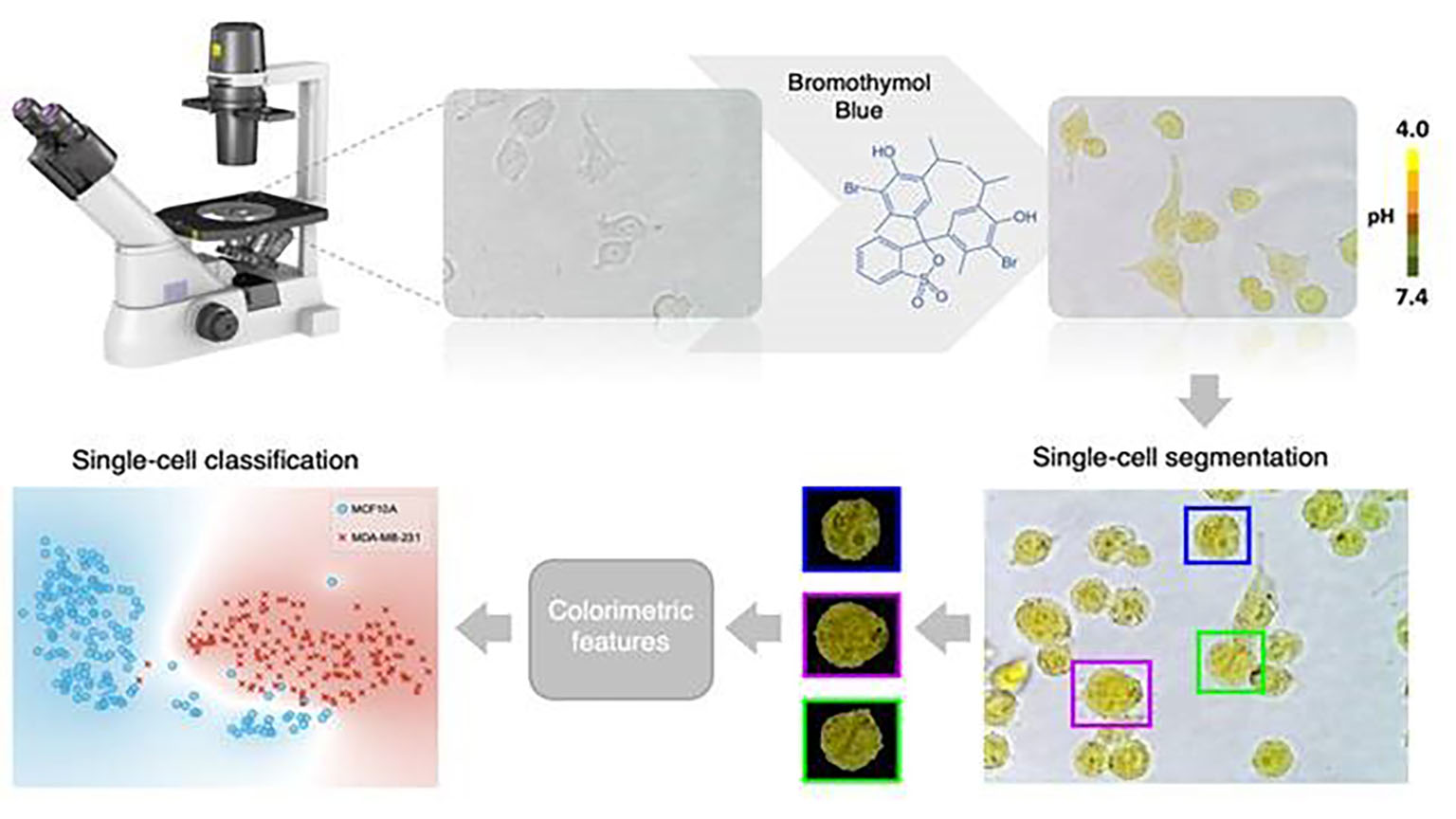
Machine Learning Can Identify Cancerous Cells by Their Acidity
Researchers have developed a method, described in APL Bioengineering, that uses machine learning to determine whether a single cell is cancerous by detecting its pH. Their approach can discriminate cells originating from normal tissues from cells originating from cancerous tissues, as well as among different types of cancer, while keeping the cells alive. The method relies on treating the cells with bromothymol blue, a pH-sensitive dye that changes color depending on acidity.
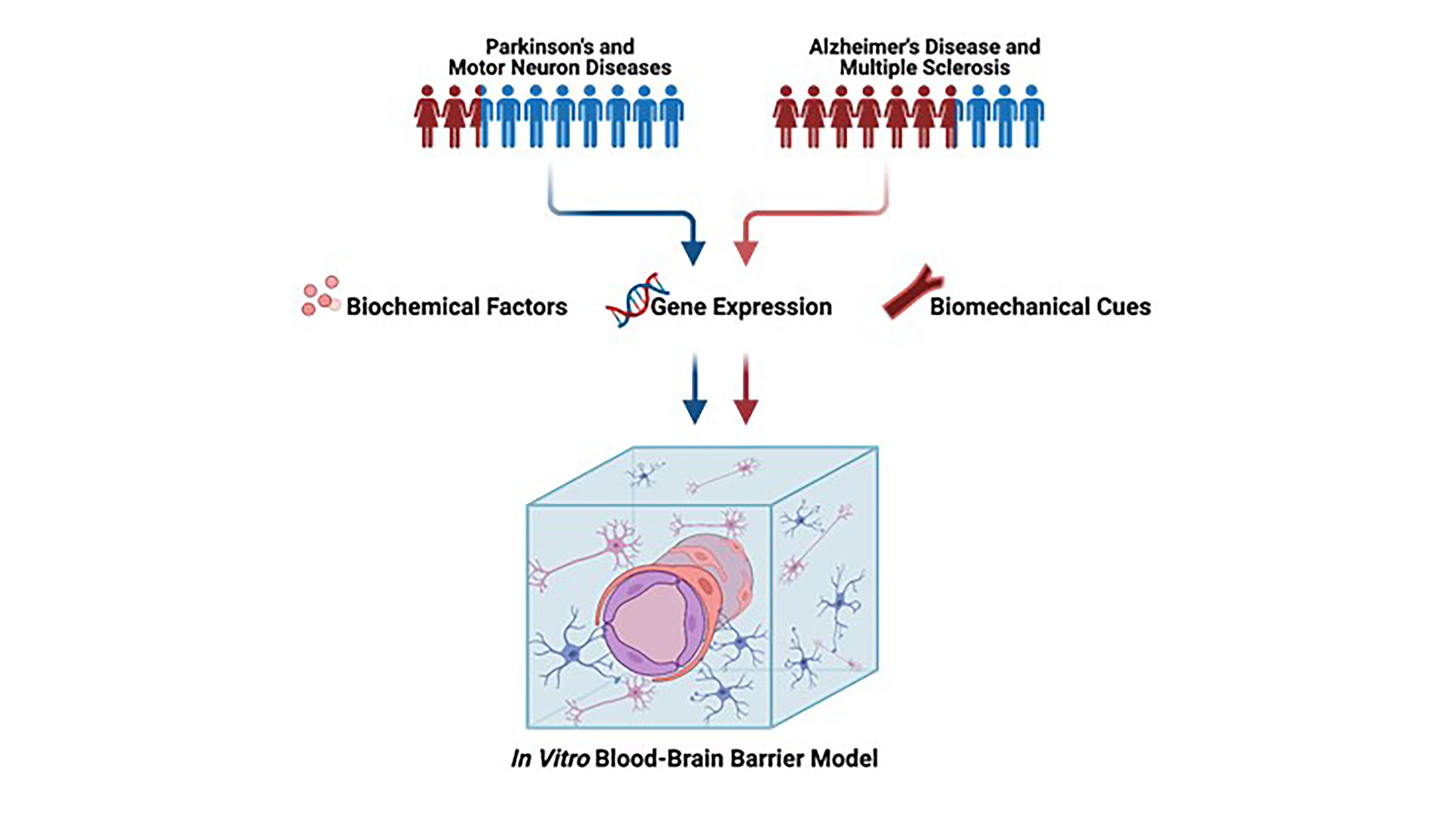
Brain Disease Research Reveals Differences Between Sexes
In APL Bioengineering, University of Maryland scientists highlight a growing body of research suggesting sex differences play roles in how patients respond to brain diseases, as well as multiple sclerosis, motor neuron disease, and other brain ailments. They are urging their colleagues to remember those differences when researching treatments and cures.

Hydrogel Promotes Wound Healing Better Than Traditional Bandages, Gauzes
For explosion wounds as well as some incurred in disasters and accidents, severe hemorrhage is a leading cause of death. Hydrogel dressings, which have advanced in recent years, may help; they are good at promoting wound healing and can better meet the demands of different situations. Many are antibacterial, biodegradable, responsive, and injectable and can fill irregularly shaped wounds. In APL Bioengineering, researchers in China examine some of the recent advances.
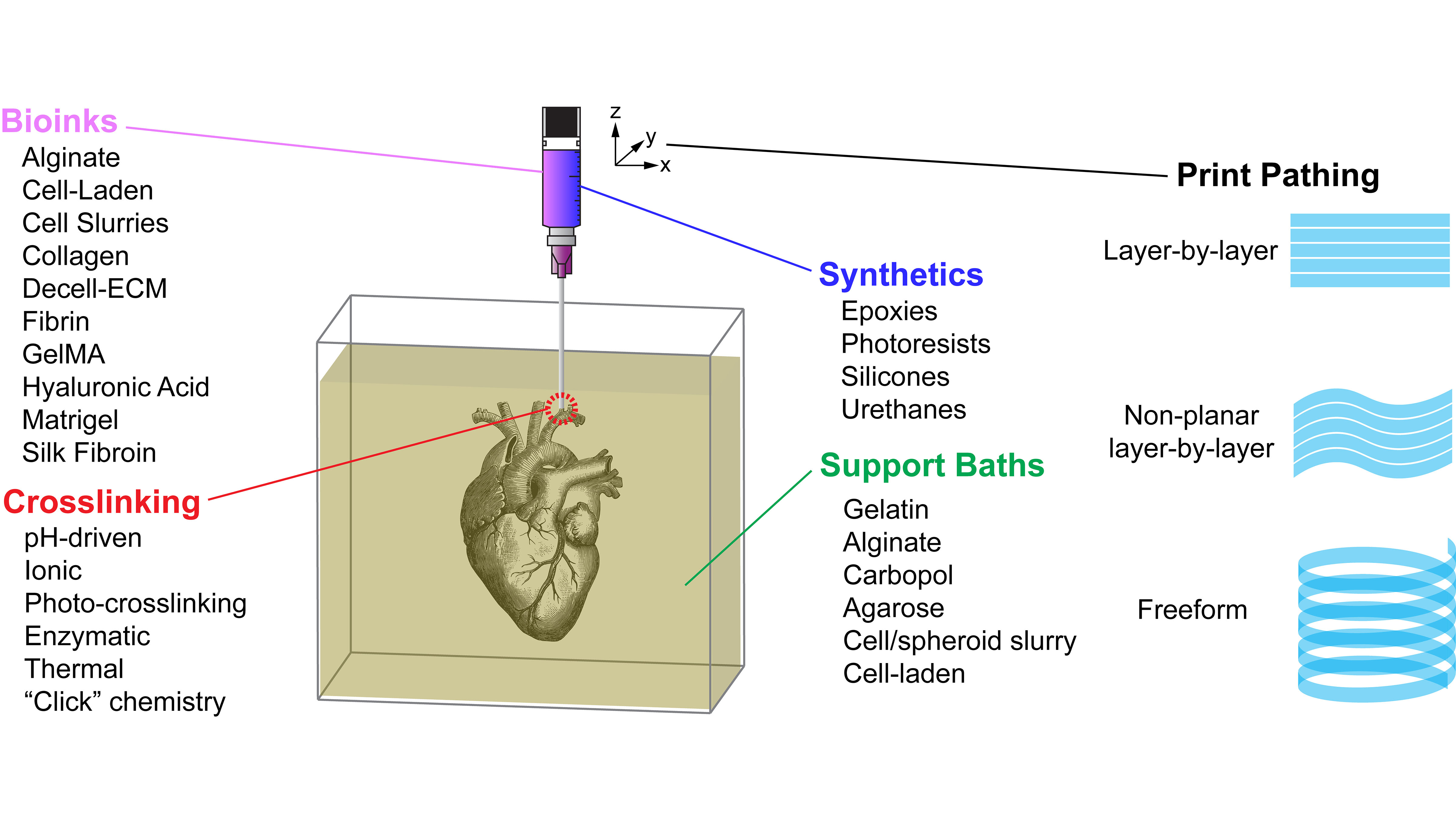
FRESH 3D-Printing Platform Paves Way for Tissues, Organs
Research into 3D bioprinting has grown rapidly in recent years as scientists seek to re-create the structure and function of complex biological systems from human tissues to entire organs. In APL Bioengineering, researchers from Carnegie Mellon University provide perspective on the Freefrom Reversible Embedding of Suspended Hydrogels 3D bioprinting approach, which solves the issue of gravity and distortion by printing within a yield-stress support bath that holds the bioinks in place until they are cured.

Biomaterials Could Mean Better Vaccines, Virus-Fighting Surfaces
Advances in the fields of biomaterials and nanotechnology could lead to big breakthroughs in the fight against dangerous viruses like the novel coronavirus that causes COVID-19. In APL Bioengineering, researchers from the Indian Institute of Science describe possibilities being explored by scientists, combining biomaterials and nanotechnology, to make vaccines more effective and build surfaces that could fight and kill viruses on their own.

Cancer Research Expands Body’s Own Immune System to Kill Tumors
Scientists are hoping advances in cancer research could lead to a day when a patient’s own immune system could be used to fight and destroy a wide range of tumors. Cancer immunotherapy has some remarkable successes, but its effectiveness has been limited to a relatively small handful of cancers. In APL Bioengineering, researchers describe how advances in engineering models of tumors can greatly expand cancer immunotherapy’s effectiveness to a wider range of cancers.
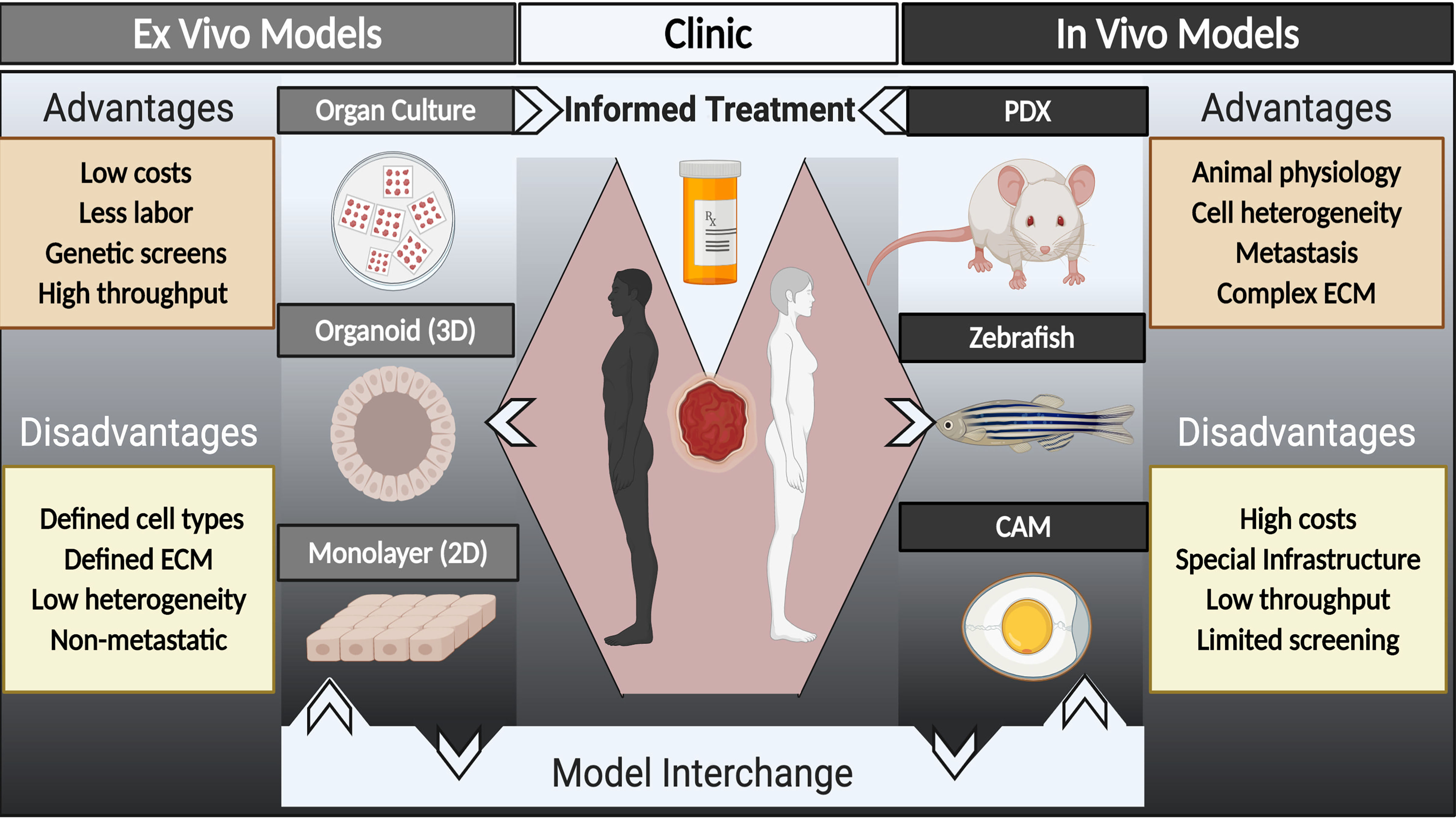
Personalizing Cancer Care with Improved Tumor Models
While decades of research have resulted in substantial improvements in surviving cancer, a key challenge remains in identifying new drugs that improve outcomes for patients. In APL Bioengineering, researchers suggest a major hurdle is the paucity of models for cancer research that accurately represent patient tumors. They provide a perspective on strategies using models from individual patients and where the field needs to go in terms of research in animal systems and in culture systems.
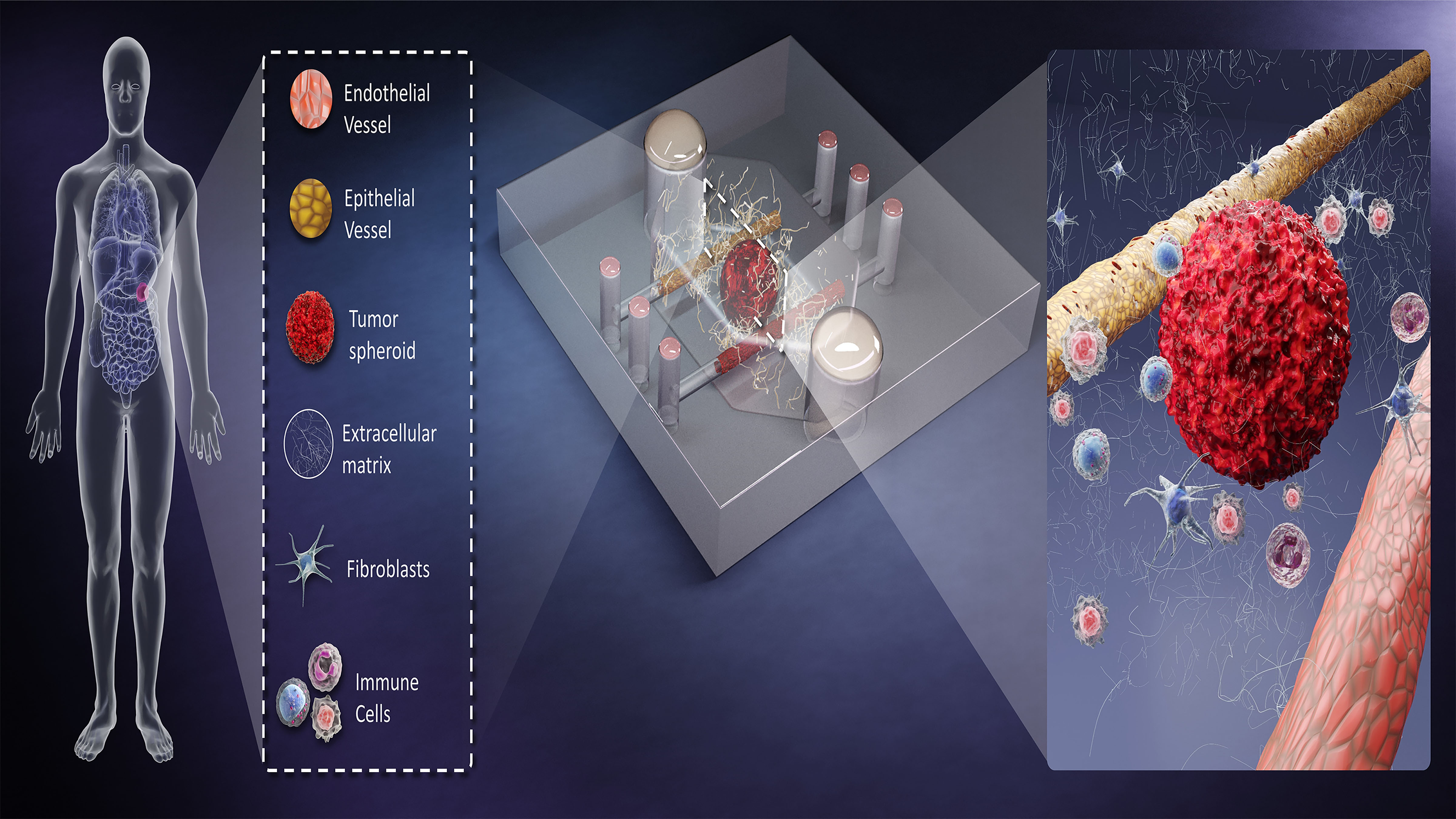
Combining Best of Both Worlds for Cancer Modeling
Treatment options for many types of cancers remain limited, due partly to the in vitro tools used to model cancers and that results from animal studies do not always translate well to human disease. These shortcomings point to a clear need for a better, patient-specific model. Researchers suggest bioengineered microscale organotypic models can address this need. They discuss the advantages and capabilities of this technique, as well as its challenges, in the journal APL Bioengineering.

New Insights into Wound Healing Process
Biomedical engineers developed a technique to observe wound healing in real time, discovering a central role for cells known as fibroblasts. The work, reported in APL Bioengineering, is the first demonstration of a wound closure model within human vascularized tissue in a petri dish.
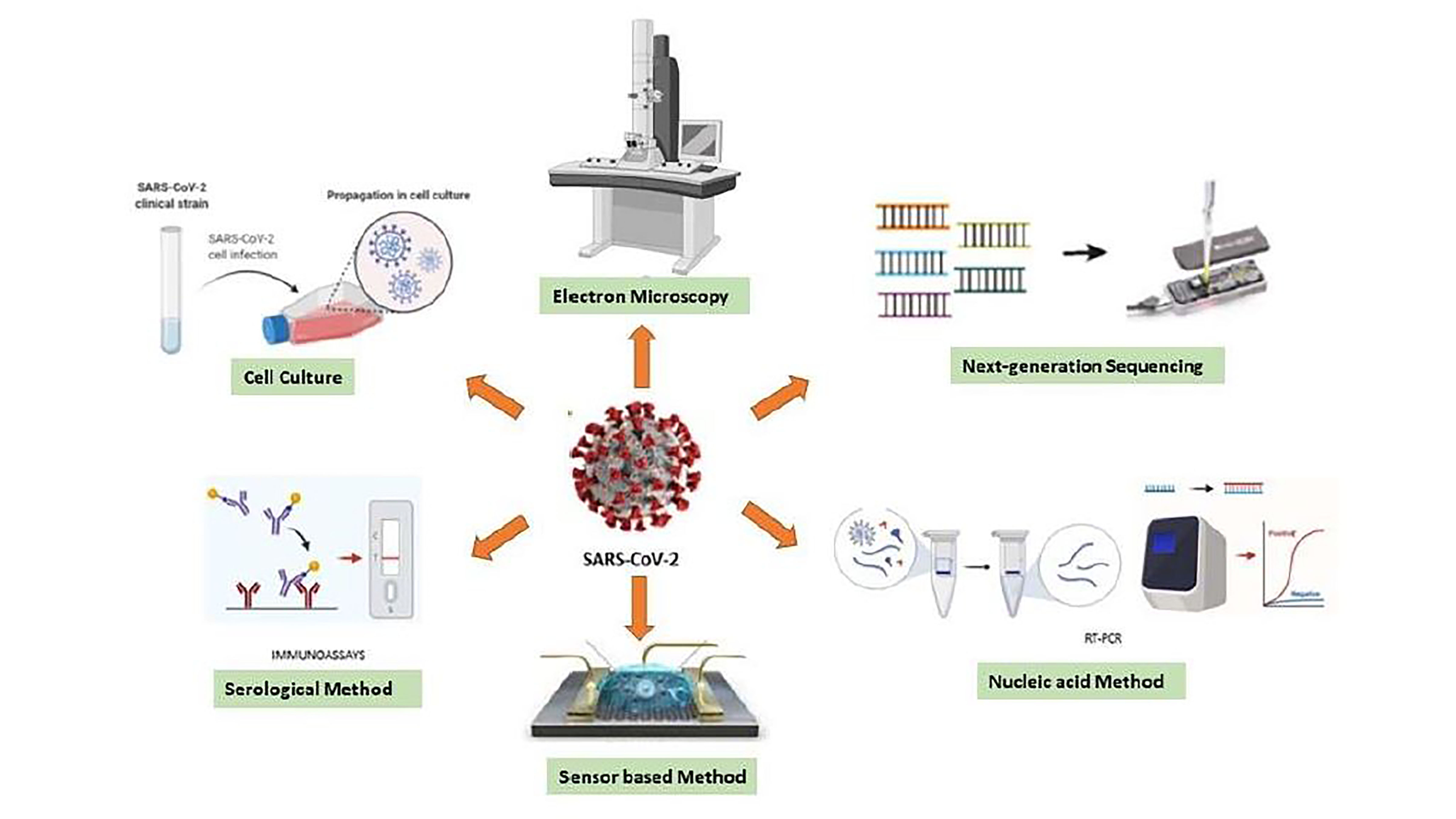
Out of Many COVID-19 Tests, Which One to Choose?
Curbing the coronavirus pandemic relies heavily on how quickly a potentially exposed individual can be tested and quarantined. However, the current diagnostic techniques vary in reliability and relevance, so an understanding of which test is most appropriate for a given circumstance is necessary to avoid false reports. Researchers evaluated the available diagnostic techniques and determined key steps required for better testing moving forward. They present their findings in the journal APL Bioengineering.
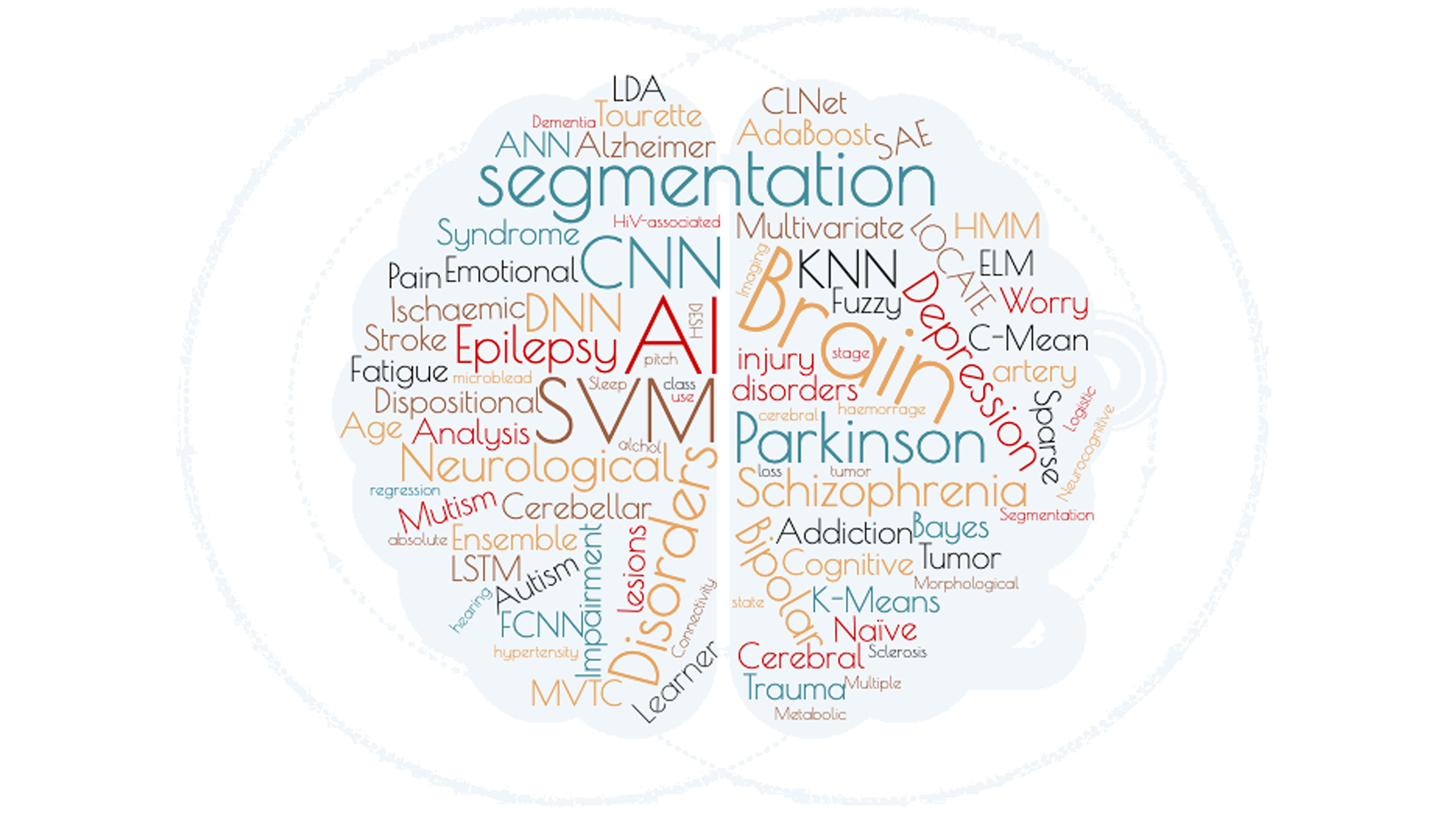
Assessing State of the Art in AI for Brain Disease Treatment
The range of AI technologies available for dealing with brain disease is growing fast, and exciting new methods are being applied to brain problems as computer scientists gain a deeper understanding of the capabilities of advanced algorithms. In APL Bioengineering, Italian researchers conducted a systematic literature review to understand the state of the art in the use of AI for brain disease. Their qualitative review sheds light on the most interesting corners of AI development.
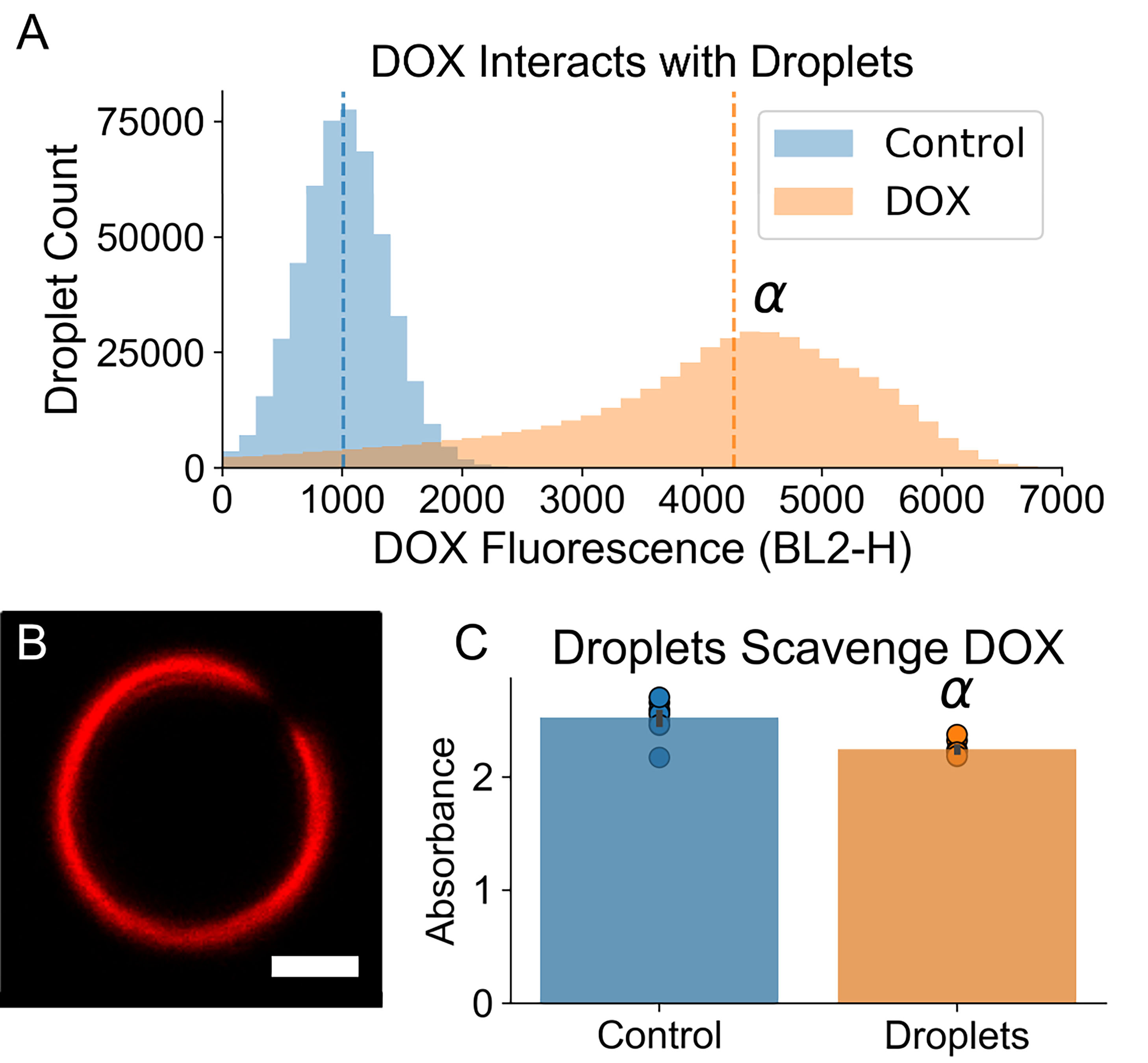
Chemotherapy Drug More Effective When Combined With Microbubbles
Hepatocellular carcinoma is usually treated by blocking the flow of blood to the tumor to induce cancer cell death, but the common treatment, transarterial chemoembolization, is invasive and too imprecise to be a local drug delivery method. Aiming to increase the precision, researchers at Tulane University created a treatment that involves vaporizing tiny droplets of perfluorocarbon, a common organic material composed of carbon and fluorine. The method of gas embolization is published in APL Bioengineering.
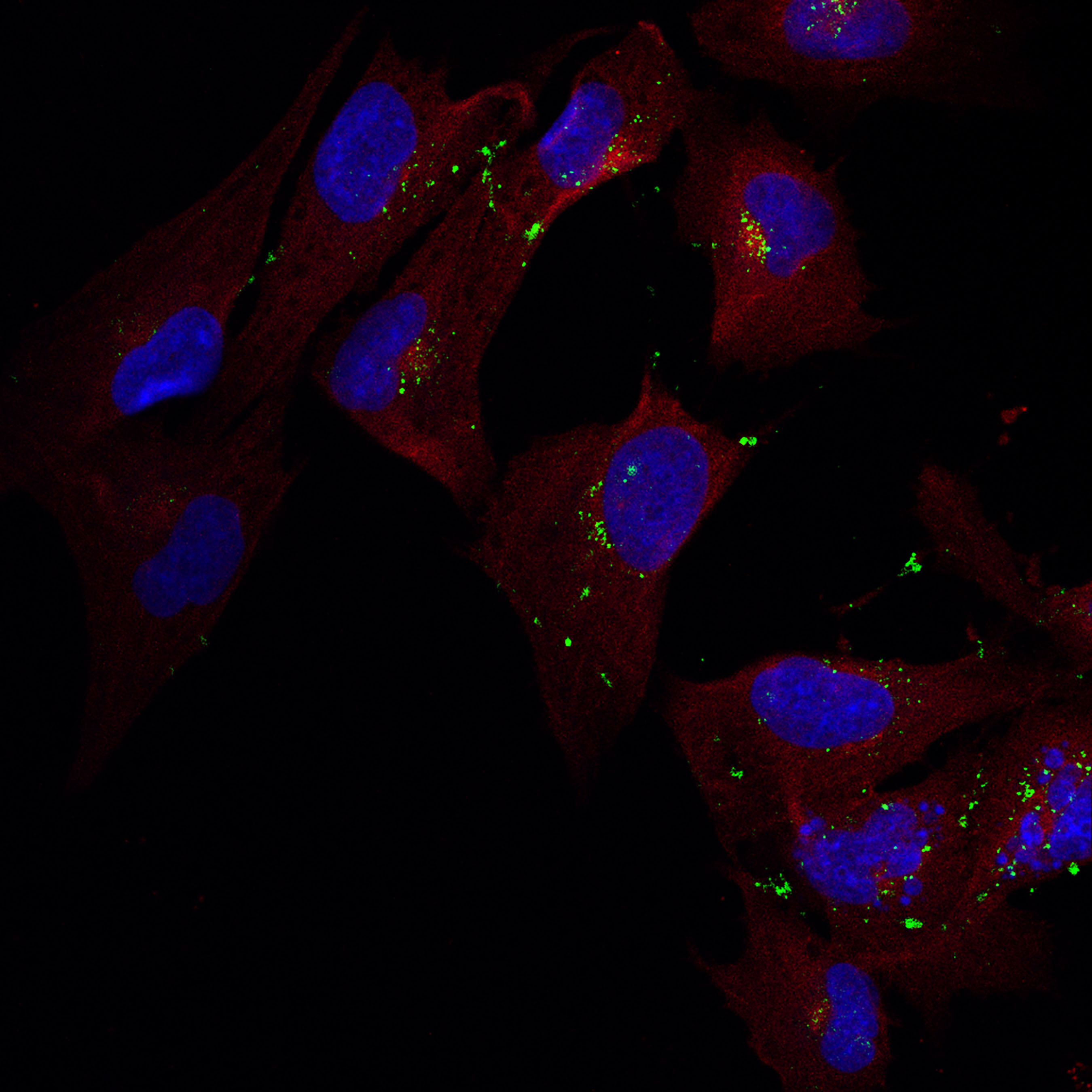
Brain’s Immune Cells Promising Cellular Target for Therapeutics
Inspired by the need for new and better therapies for neurodegenerative diseases, Rutgers University researchers are exploring the link between uncontrolled inflammation within the brain and the brain’s immune cells, known as microglia, which are emerging as a promising cellular target because of the prominent role they play in brain inflammation. In APL Bioengineering, the group highlights the design considerations and benefits of creating therapeutic nanoparticles for carrying pharmacological factors directly to the sites of the microglia.
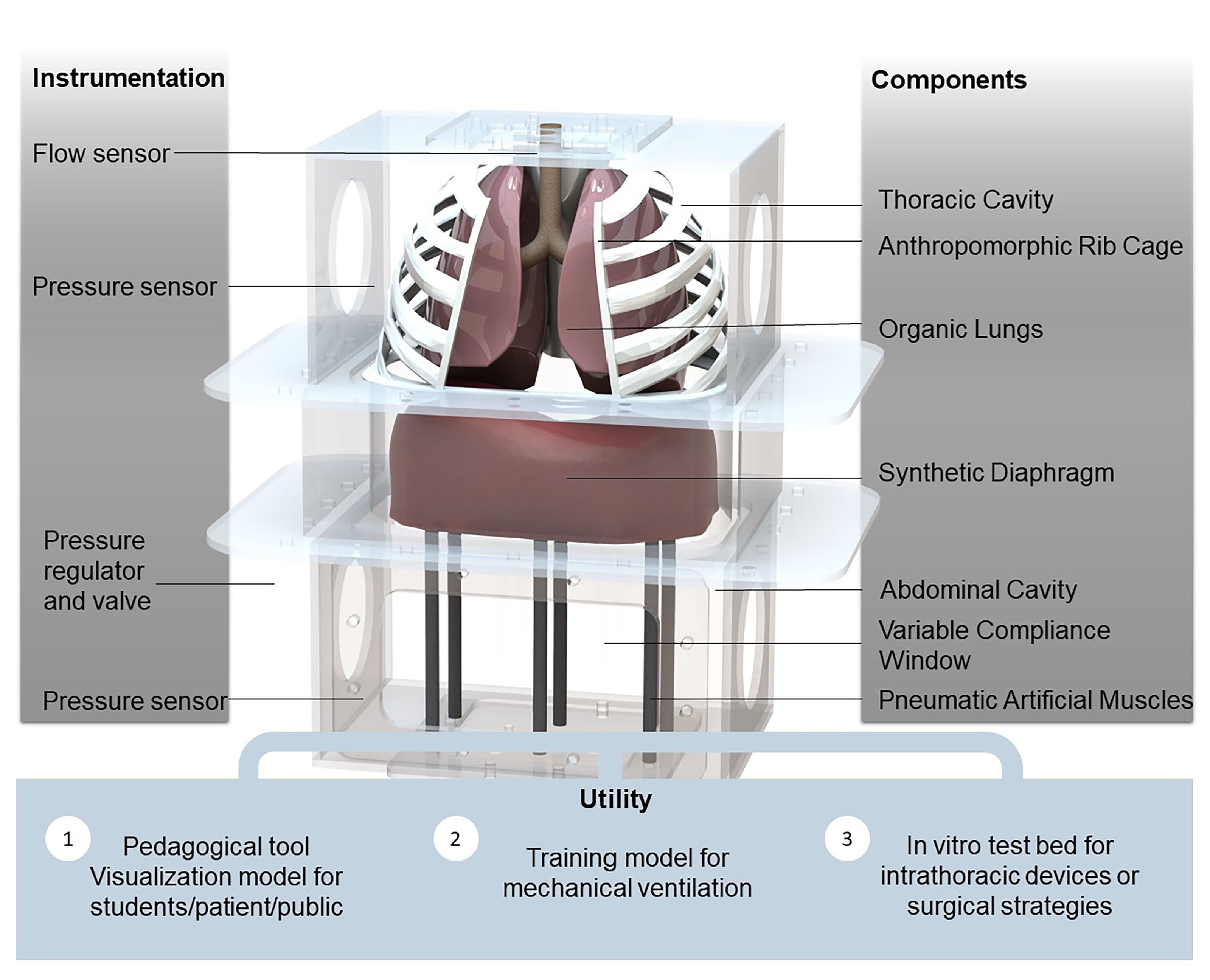
Biohybrid Model Uses Organic Lungs, Synthetic Muscles to Re-Create Respiration Mechanics
Discussed in APL Bioengineering, researchers created a high-fidelity respiratory simulator that accurately represents the interplay between the abdomen, diaphragm, lungs and pleural space, the fluid-filled membrane surrounding the thorax and lungs. The model, using swine lungs, soft robotic materials and artificial muscles, allows precise tuning of pressure in each part of the system, so specific disease conditions can be tested. It also proved extremely useful for testing ventilator-only respiration by removing the elastomeric diaphragm.
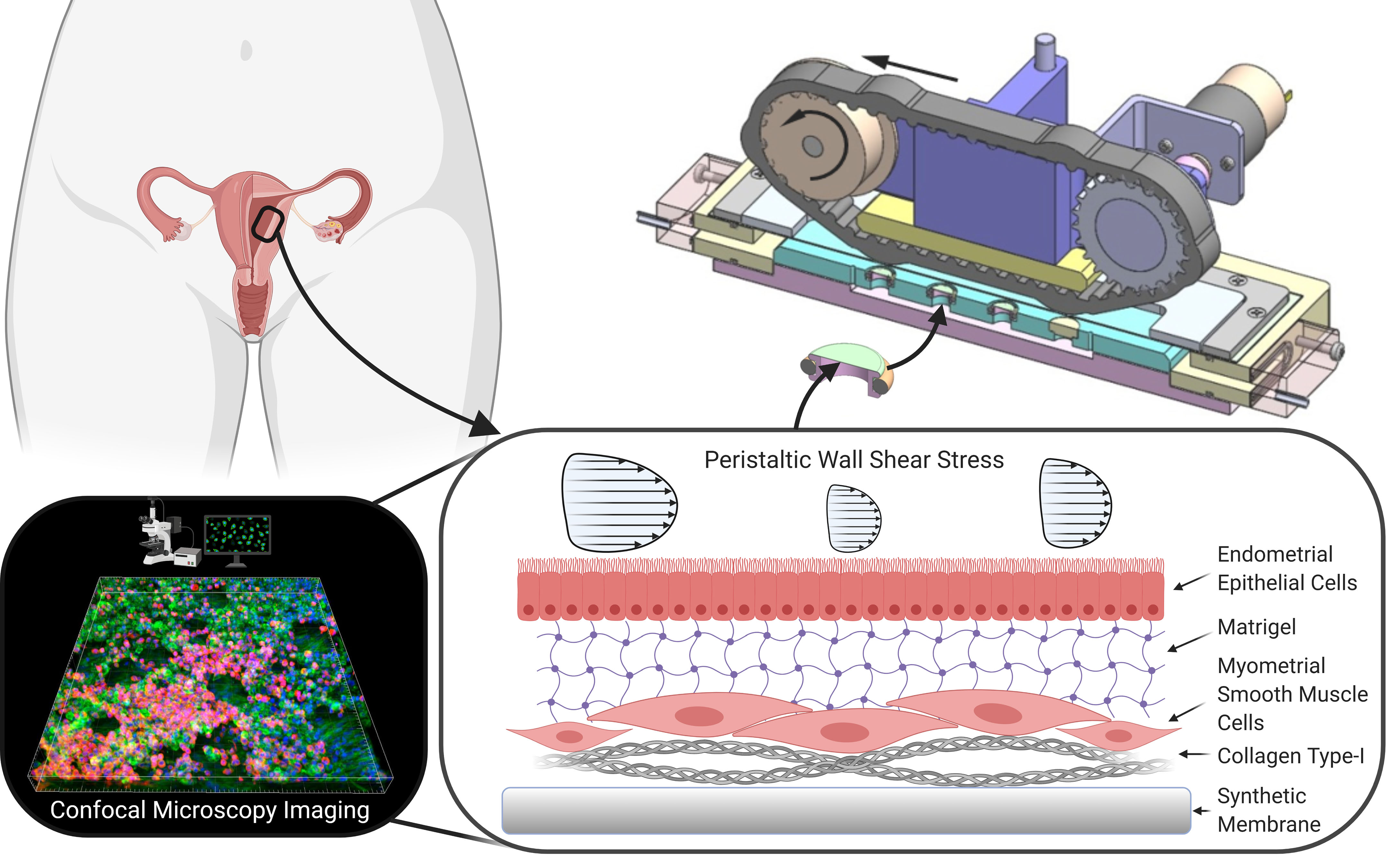
Artificial Tissue Used to Research Uterine Contractions
Throughout an individual’s lifetime, the uterus undergoes spontaneous contractions of the uterine wall, which can induce uterine peristalsis, a specific wavelike contraction pattern. These contractions are important for many reproductive processes, but hyperperistalsis could impede fertility and lead to diseases, such as adenomyosis or endometriosis. In an APL Bioengineering article, researchers present two mechanobiology tools for experiments on synthetic or artificial uterine tissue. They wanted to study the negative effects of hyperperistalsis.
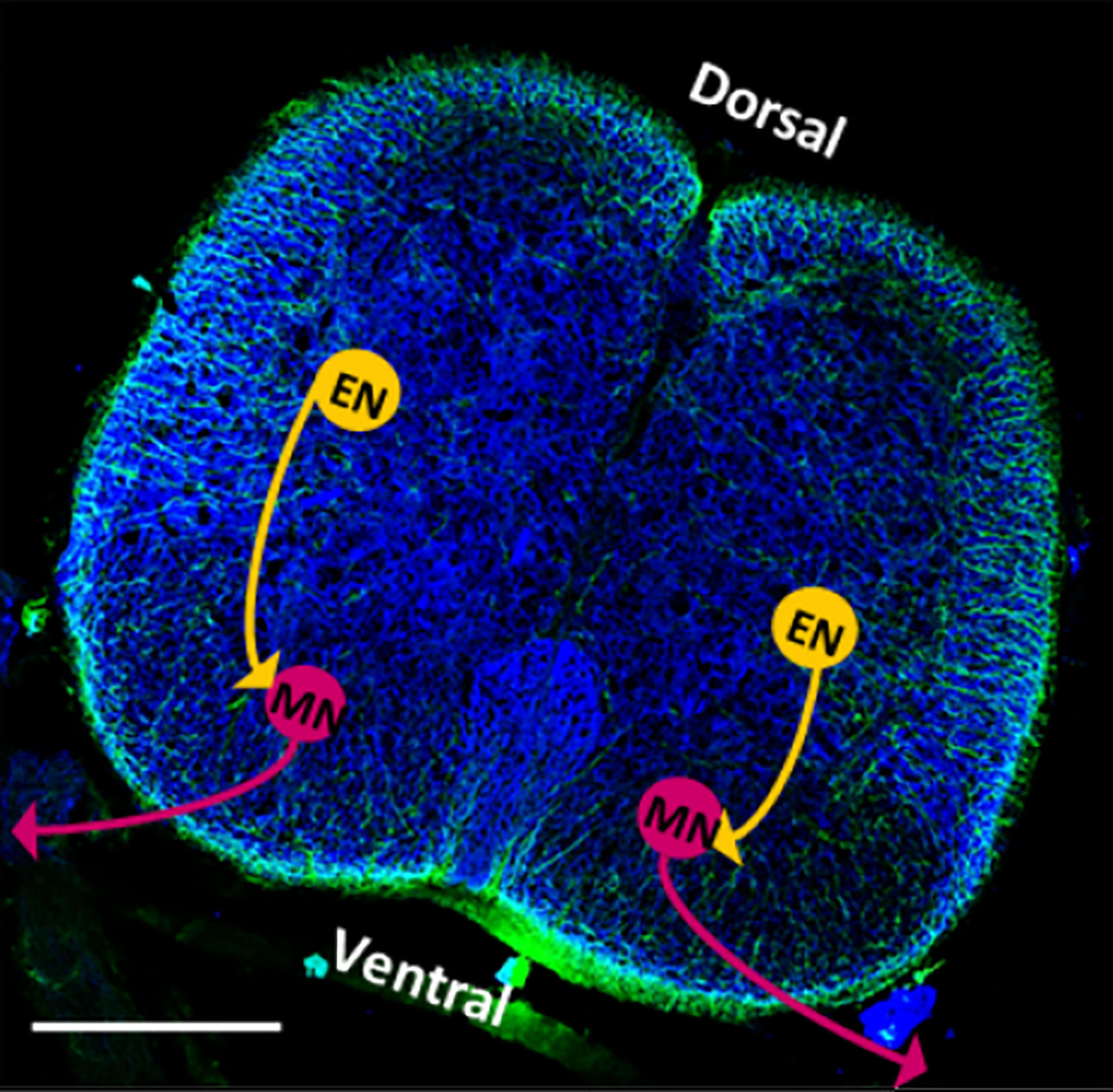
Rat Spinal Cords Control Neural Function in Biobots
Biological robots draw inspiration from natural systems to mimic the motions of organisms, such as swimming or jumping. Improvements to biobots to better replicate complex motor behaviors can lead to exciting biorobotic engineering applications to help solve real world challenges. However, this requires the creation of biohybrid, which is a challenge. Researchers combined an intact rat spinal cord with a tissue-engineered, 3D muscle system. They describe the novel biohybrid system in the journal APL Bioengineering.
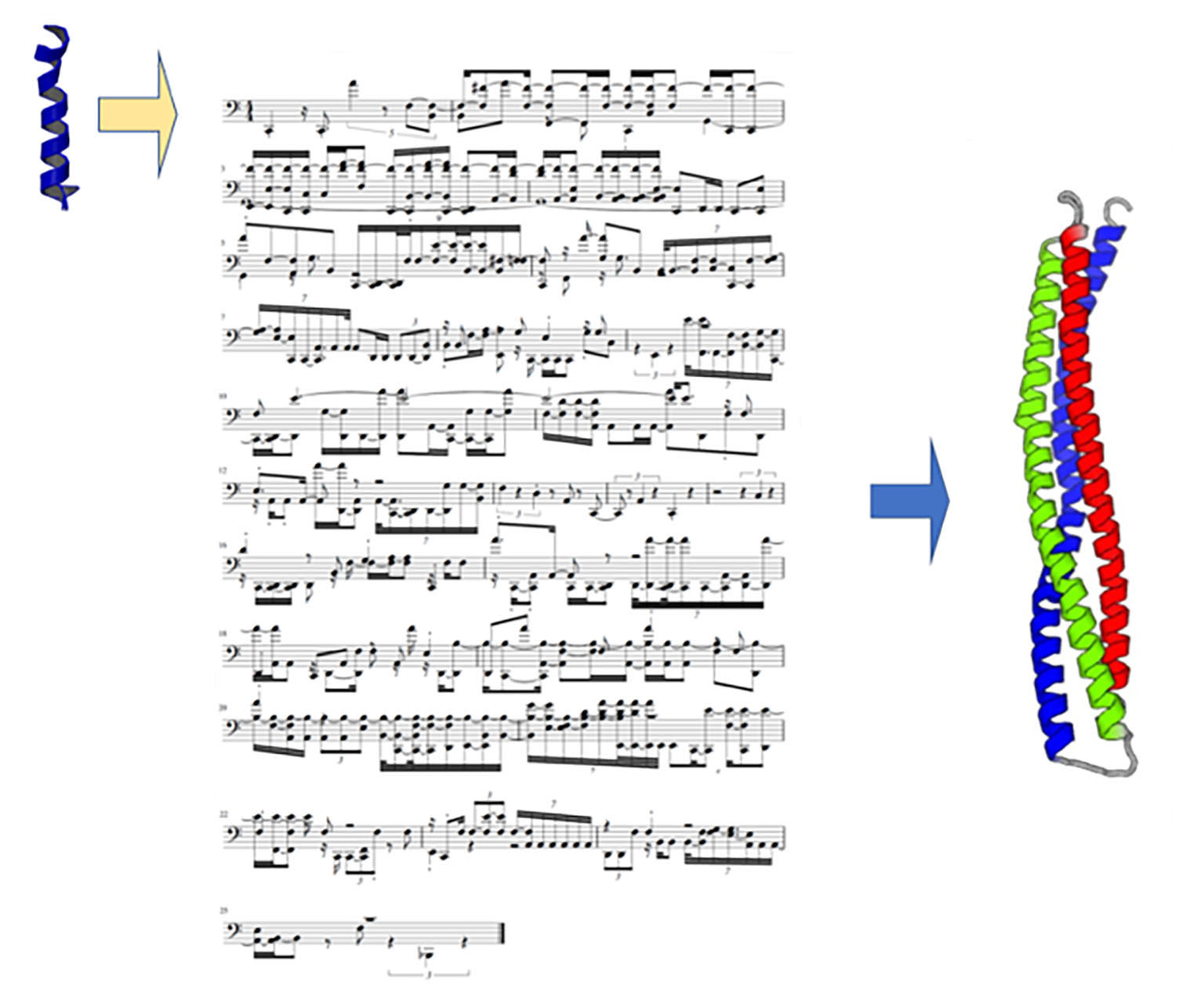
Composing New Proteins with Artificial Intelligence
Proteins are the building blocks of life and scientists have long studied how to improve them or design new ones. Traditionally, new proteins are created by mimicking existing proteins or manually editing their amino acids. This process is time-consuming, and it is difficult to predict the impact of changing an amino acid. In APL Bioengineering, researchers explore how to create new proteins by using machine learning to translate protein structures into musical scores, presenting an unusual way to translate physics concepts across domains.
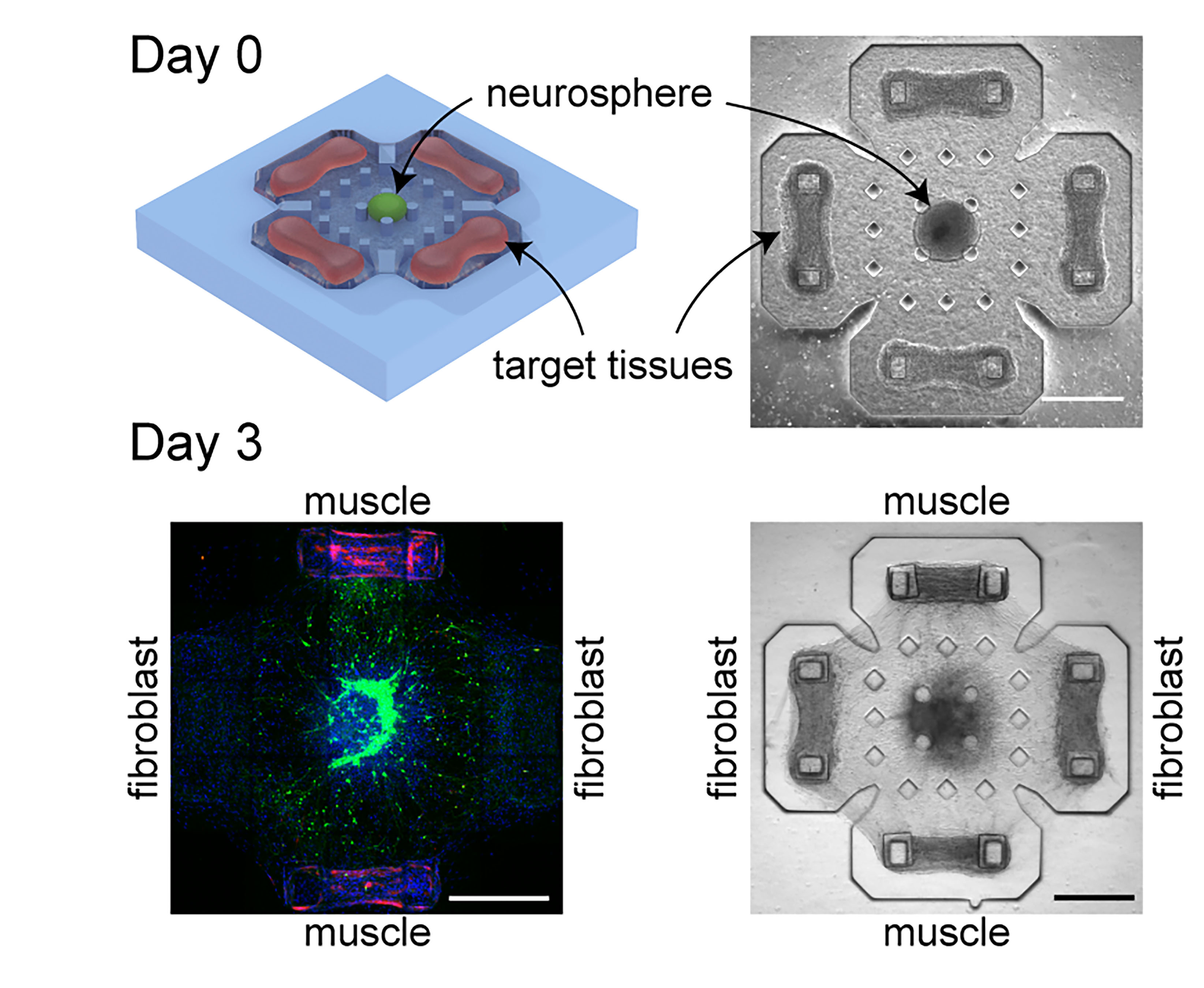
Crosstalk Captured Between Muscles, Neural Networks in Biohybrid Machines
Researchers created a platform to observe stem cell-derived neurons grow toward muscle cells, representing a critical milestone towards the realization of future biohybrid machines. In tiny biorobots using muscle cells as actuators, the ability to tune parameters would allow more precise designs with desirable characteristics and predictable behaviors for intelligent drug delivery, environment sensing, biohybrid blood circulation pumps and other uses. But big questions remain about future experiments.

Advances in Computer Modeling, Protein Development Propel Cellular Engineering
A review of recent work in biophysics highlights efforts in cellular engineering, ranging from proteins to cellular components to tissues grown on next-generation chips. Author Ngan Huang said the fast pace of development prompted her and her colleagues to take stock of promising areas in the field as well as hurdles researchers can expect in coming years. They discuss their work in this week’s APL Bioengineering.
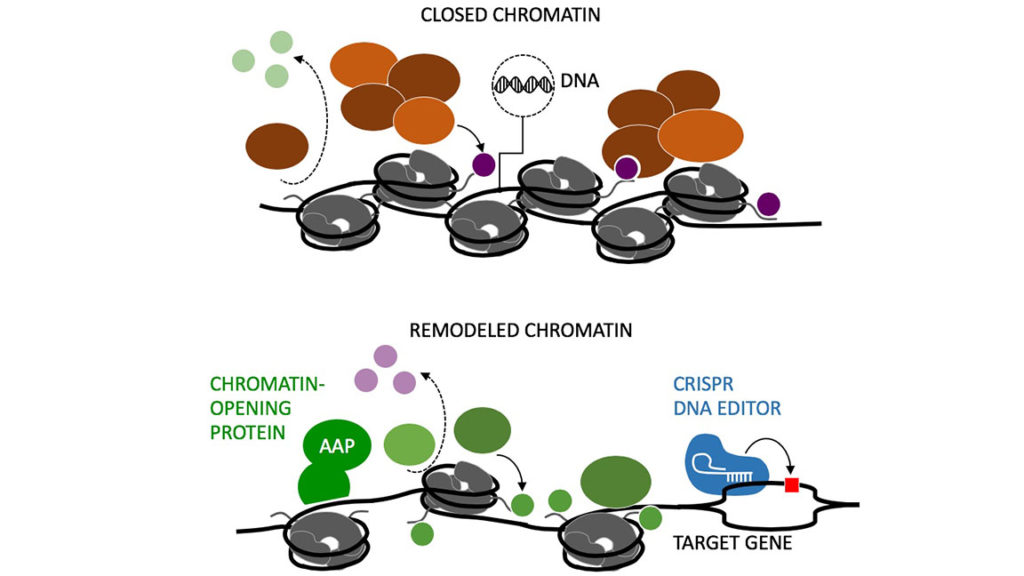
Opening Up DNA to Delete Disease
Protein editorial assistants are clearing the way for cut-and-paste DNA editors, like CRISPR, to access previously inaccessible genes of interest. Opening up these areas of the genetic code is critical to improving CRISPR efficiency and moving toward futuristic, genetic-based assaults on disease. The DNA-binding editorial assistants were devised by a U.S.-based team of bioengineers, who describe their design in APL Bioengineering.